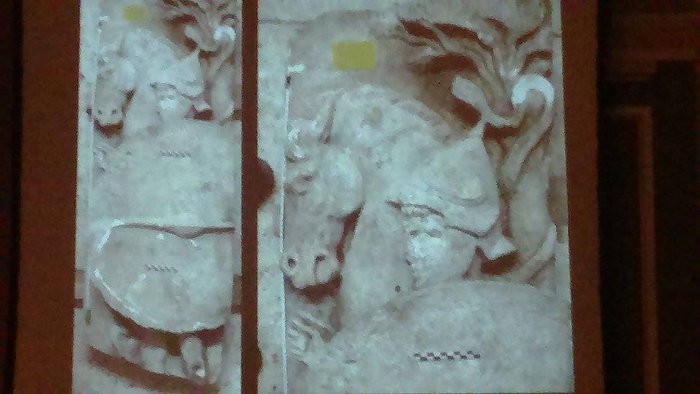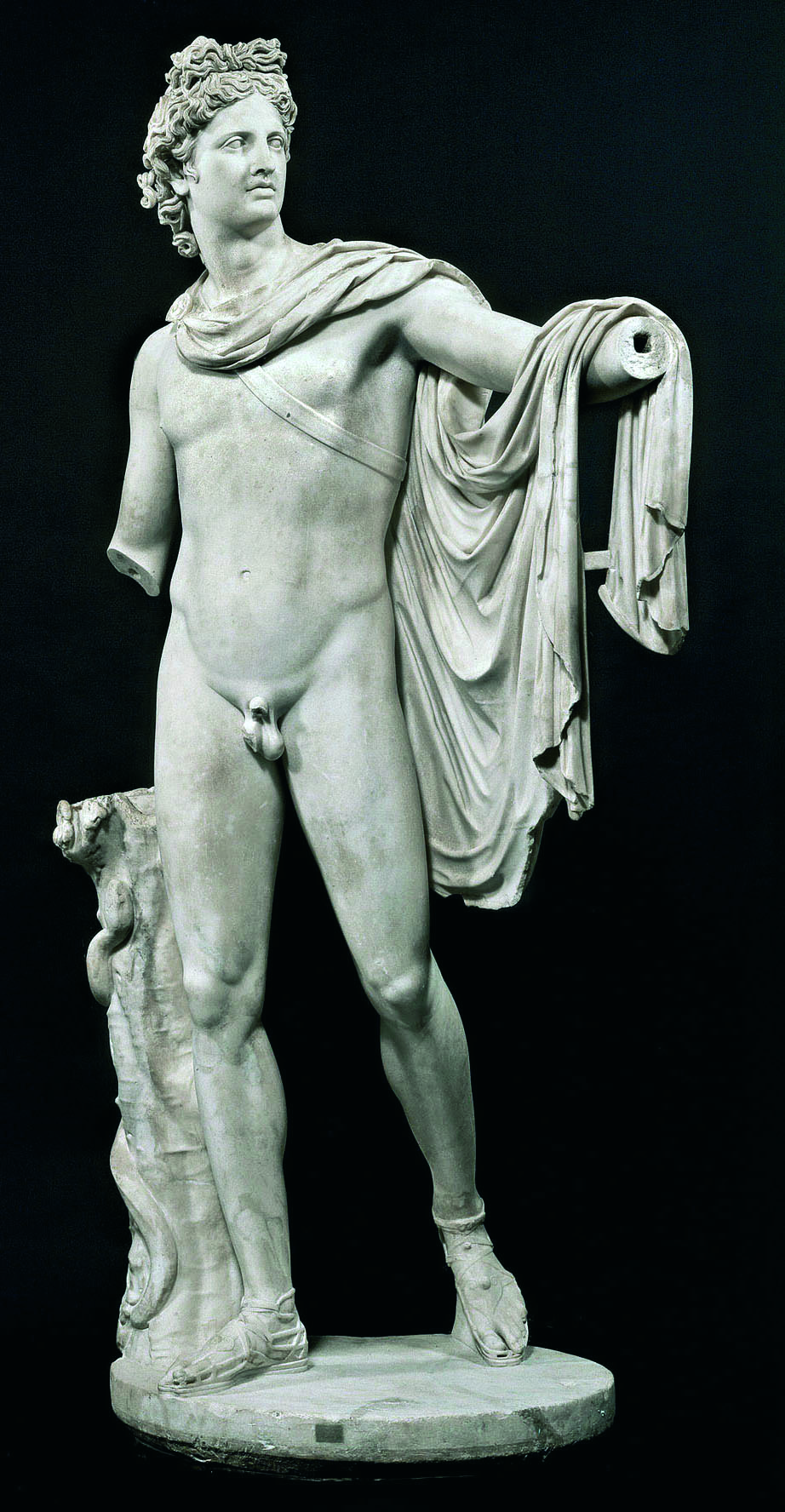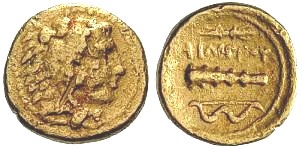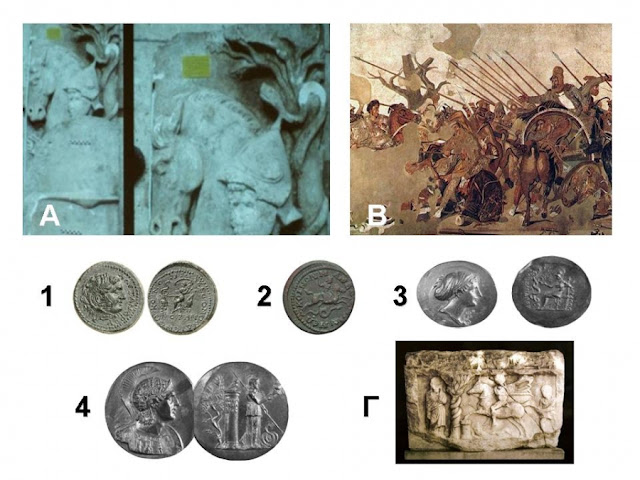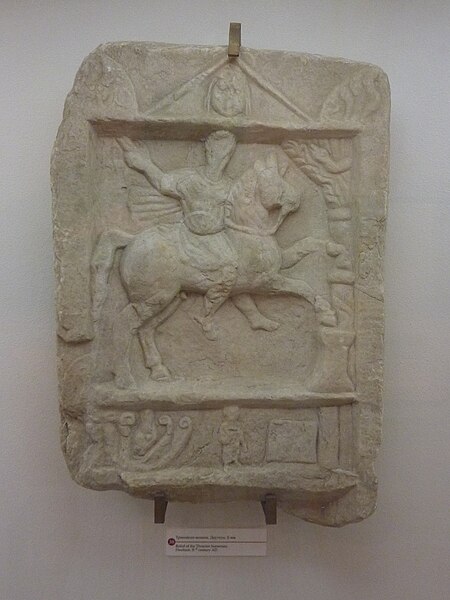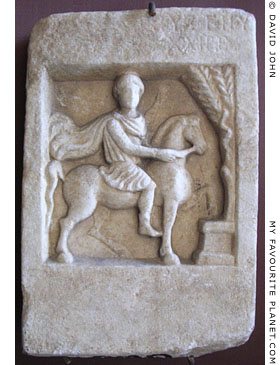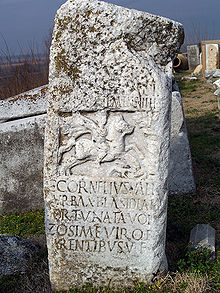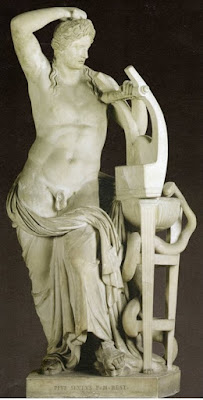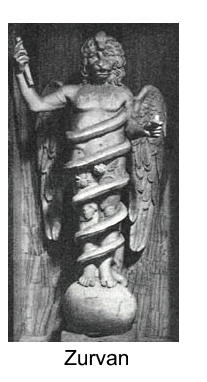it is not my idea,
the combo snake/tree has been found at the tomb,
it works like a LOGO,
it is connecting the tomp with certain religion, or with Olympias or Alexander himshelf,
from the work of Antonio Corso
the excibit A has been found at the tomp,
Πλουταρχος, (Plutarch) describes this connection among Olympias and snakes
generally the combo woman/snake is far ancient, almost mythology,
Cretan figures millenium before Alexander show women with snakes,
Hercules killed the 2 snakes that Hera send against him,
Olympias was high priestess of a dogma that allow women carry snakes at basket above their head,
BUT THE COMBO SNAKE/TREE is Rather mark of Olympias and Alexandros
Snakes and oracles,
Snakes are connected with 4 Gods,
Zeus Apollo and hermes and hera
with Hermes are connected as medicines, (Odyssey)
With Hera as revenge/punishment from Gods
But with Zeus and Apollon have the ability of telling the future or bring justice,
they have been found both at Dodona and Delphoi,
Python was asnake dragon, Pythia was the priestess of Apollo,
ALL DIVINERS PROPHETS CLAIRVOYANTS HAD AS MARK A SNAKE AND A CAULDRON
Let me try to collaborate on this
Olympias was devoted for the Orphic mysteries as can be seen among the Macedonians and the various mosaics found in the tombs and other sites,the cult of Dionysus/Bacchus/Zagreus/Sabazios among other names.
When we talk about serpents i can found this "Life of Alexander"
Once, moreover, a serpent was found lying by Olympias as she slept which more than anything else, it is said, abated Philip's passion for her; and whether he feared her as an enchantress, or thought she had commerce with some god, and so looked on himself as excluded, he was ever after less fond of her conversation.
Others say, that the women of this country having always been extremely addicted to the enthusiastic Orphic rites, and the wild worship of Bacchus [...], imitated in many things the practices of the Edonian and Thracian women about Mount Haemus.
The picture found in Vergina is the reflection of the same religion the "Orphic mysteries" or the similar "Eleusian mysteries" the very cult was based on "abduction of Persephoneia by Hades" this picture show the same thing and it is intrpreted that way.When Hades kiddnaped the daughter of Demeter(mother goddess) she caused widespread drought for sorrow about her daughter,this are very old agrarian cults from the Balkans.
Abduction of Persephone
The "snake tree" as well the horseman you have posted here,the deity is found troughout the ancient world,it is known as the "Thracian horseman" and is most probably Sabazious or Dionysus.
Here you have the same "Thracian horseman"
Philipi Macedonia from Roman era
For example this cults are to be found in medieval times,presumably interpreted in Slavic mythology as Perun is defeating Veles,but this is very questionable,from Croatia
Madara rider from early Bulgaria;
Among many other such examples,sometimes he is potrayed as hunting wild boars,slaying a beast etc his cult later will blent with St.George slaying the dragon cause it will be hard for the Christians to wipe out such important cult from previous times.
In my opinion the serpent maybe represent a chtonic god,note that St.George is celebrated with coming of spring,slaying the dragon you liberate the spring therefore Persephone from the underworld rebirth every year,Orphics also revered Persephone (who annually descended into Hades for a season and then returned) and Dionysus or Bacchus (who also descended into Hades and returned). Orpheus was said to have invented the Mysteries of Dionysus.Persephone is the first mother of Dionysus,Zemele is her second he is reincarnation himself.
South-Slavs have same deity Perunika/Perperusha/Perperuna the consort of Perun,in Bulgaria are to be found inscriptions with epithet "Perkon" on the horseman, all the rituals are remembered by people from pagan times and can be observed very well among folklore traditions in the Balkans.
For example about dawn goddess;the abduction and imprisonment of the dawn goddess, and her liberation by a heroic god slaying the dragon who imprisons her, is a central myth of Indo-European religion, reflected in numerous traditions. Most notably, it is the central myth of the Rigveda, a collection of hymns surrounding the Soma rituals dedicated to Indra in the new year celebrations of the early Indo-Aryans.
The Orphic mysteries however are Thracian in origin.
The similar Eleusian mysteries the mysteries represented the myth of the abduction of Persephone from her mother Demeter by the king of the underworld Hades, in a cycle with three phases, the "descent" (loss), the "search" and the "ascent", with the main theme the "ascent" of Persephone and the reunion with her mother. It was a major festival during the Hellenic era, and later spread to Rome. The name of the town, Eleusís, seems to be Pre-Greek and it is probably a counterpart with Elysium and the goddess Eileithyia.
That the Dionysic cult was widespread among Macedonians show as well the House of Dionysus found in the Macedonian city of Dion in Pieria,you can see also the "flower of life"
in the middle which i also have as my avatar but we used it as sun symbol.
I hope however that with the oracle Perperikon found in Bulgaria believed to be the temple of Dionysus,we can know more things about this cult.


